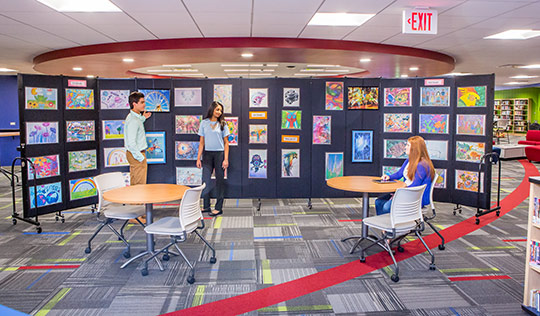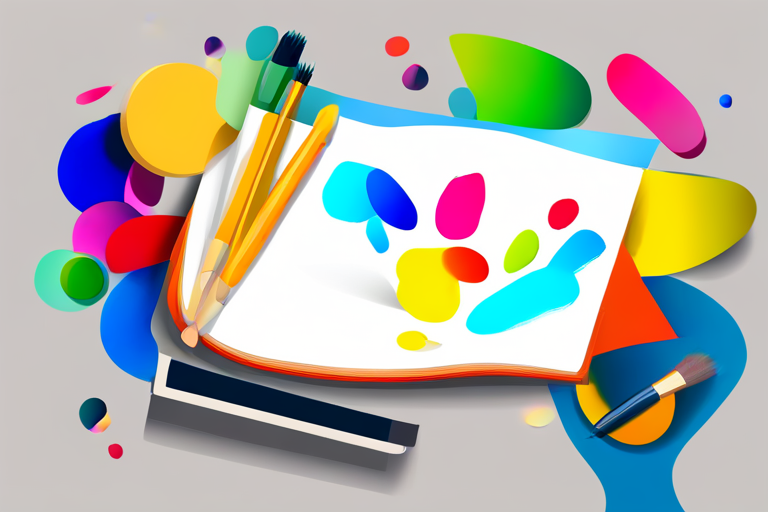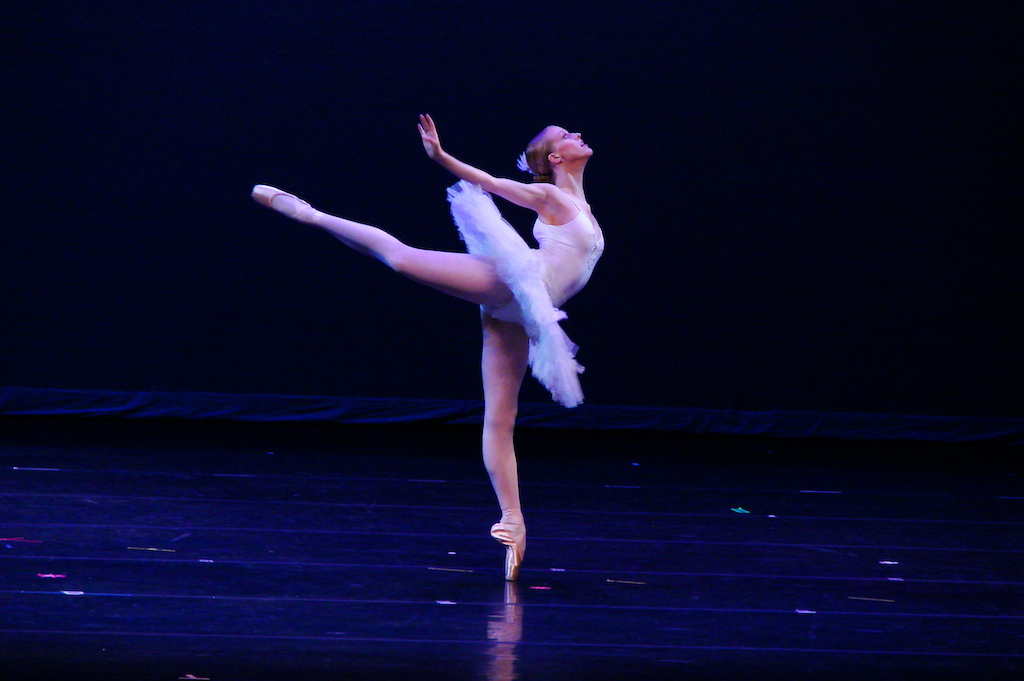Exploring the Beauty of Fine Arts – A Visual Journey
Fine arts encompass a diverse range of artistic forms that evoke emotion, inspire imagination, and capture the essence of the human experience. From paintings and sculptures to photography and architecture, the world of fine arts is a vast landscape waiting to be explored. In this blog post, we invite you on a visual journey through the captivating realm of fine arts, delving into its rich history, prominent artists, and the impact of art on society.
1. Understanding Fine Arts
Fine arts refer to creative expressions that are primarily visual in nature, created for their aesthetic value and intellectual stimulation. The key disciplines within fine arts include painting, sculpture, drawing, printmaking, photography, architecture, and more. Each discipline offers unique insights into the human experience and allows us to appreciate creativity in its purest form.
2. The History of Fine Arts
Fine arts have a storied history that dates back thousands of years. Ancient civilizations like the Egyptians, Greeks, and Romans adorned their temples and palaces with intricate sculptures and murals. The Renaissance period witnessed a surge in artistic innovation, with renowned artists such as Leonardo da Vinci and Michelangelo creating masterpieces that still captivate us today. The modern and contemporary art movements have pushed boundaries and challenged traditional notions of art, paving the way for groundbreaking works by artists like Pablo Picasso and Andy Warhol.
3. Prominent Artists and Their Contributions
Over time, several artists have made indelible marks on the world of fine arts with their distinctive styles and groundbreaking techniques. Here are a few noteworthy figures:
a) Leonardo da Vinci: Known for iconic works like the Mona Lisa and The Last Supper, da Vinci was a true visionary, bridging the gap between art and science.
b) Frida Kahlo: A trailblazer in self-expression, Kahlo’s surreal and deeply personal paintings explored themes of identity, pain, and resilience.
c) Vincent van Gogh: In his vibrant and emotionally charged paintings, van Gogh captured the beauty of nature and the complexities of the human psyche.
d) Pablo Picasso: Famed for co-founding the Cubist movement, Picasso’s revolutionary approach to art challenged the traditional representation of reality.
4. The Impact of Fine Arts on Society
Fine arts hold great significance in society, acting as a mirror that reflects cultural, political, and social ideologies. Art can be a catalyst for change and a platform for marginalized voices to be heard. Museums and galleries play a crucial role in preserving and exhibiting fine art, allowing audiences to engage with creativity and contemplate the world around them. Additionally, art therapy has been recognized as a powerful tool for healing, providing individuals with an outlet for self-expression and emotional well-being.
5. Exploring Fine Arts Today
In the digital age, fine arts have become more accessible than ever before. Online platforms and virtual galleries provide immersive experiences that allow people from all walks of life to engage with art. Several art museums and institutions offer virtual tours, enabling individuals to explore renowned collections from the comfort of their homes. Additionally, art communities thrive on social media, bringing artists and art enthusiasts together to share their work, opinions, and inspirations.
In conclusion, the world of fine arts is a mesmerizing realm that invites us to experience beauty, provoke thought, and challenge perceptions. Through centuries of creativity and innovation, fine arts have demonstrated their ability to transcend time and culture, leaving a lasting impact on humanity. So, whether you’re a seasoned art lover or just starting your artistic journey, immerse yourself in the world of fine arts and let its visual magic captivate your soul.











